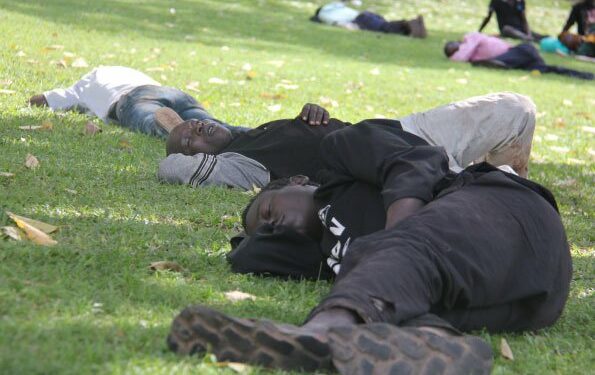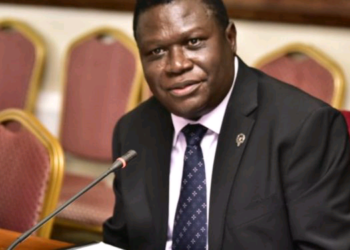The 2024 Census report has a chapter on characteristics of Uganda’s youth and adolescent population; clearly distinguishing them from other age groups of the population.
Having opted to rely on Uganda’s National Youth Policy (2015) and National Youth Council Act (2015) respectively, for purposes of 2024 census, UBOS defined a youth to be a person aged 18-30 years and an adolescent to be a person aged 10-19. In contrast, globally a youth is aged 15-24 and yet the East African Community definition puts a youth between 15 and 35 years.
The census report indicates that as of May 2024, adolescents (aged 10-19) were 25% of Uganda’s population of 46m people and the youths (18-30) constituted 23%. In comparison, the youths were 19% under the 1991 National Population and Housing Census (NPHC), 24% in 2002 and 22% in 2014. The adolescents were 22% in 1991 and 25% in 2014.
The 2024 NPHC report shows that 82% of the country’s youth population are literate (implying they can read and write). And among adolescents, the literacy rate stands at 76%. The report also indicates that 32% of the 10,698,913 households we have in Uganda are headed by people aged 30 years and below (29% by youths and 3% by adolescents aged 19 years and below). The average size of this youth-headed household is 3 members, according to the Census report.
Before disclosing sub regions with more literate youths and adolescents, the NPHC 2024 report also discloses that only 1% of the Ugandan youths benefited from the Youth Livelihood Programme (YLP) into which the GoU sunk billions of shillings for a period of over 5 years of implementation.
Generally speaking, beyond just YLP, the Census report establishes that of all Ugandans aged 30 years and below, only 12% are benefiting from the different programmes of government. This will intrigue many planners and policy makers, including Members of Parliament.
The report also shows that among female Ugandans aged 10-19, 31 in every 1,000 give birth annually. The birth rate is even much higher among women aged 15-19 and it stands at 61 in every 1,000 annually.
Buganda sub region and Lango have the highest population of their population that is youthful; basically aged 30 years and below. They tie at 25% as Kigezi sub region has the lowest at 19%. When it comes to adolescents’ population, West Nile has the highest proportion of its population that is adolescent or aged 10-19. And it’s 27%. The same is lowest in Karamoja at 22%.
YOUTHS LITERACY RATES:
When it comes to having the highest literacy rate among the youths and adolescents; Buganda sub region leads. Whereas it’s 90% among the youths, it stands at 88% among adolescents. Karamoja has the lowest literacy rate among youths and adolescents-tying at 29%. Overall, nationally, female youths are more literate (78%) than their male counterparts (73%).
Other sub regions fair as follows when it comes to literacy rates among their youths aged 18-30; Acholi 83%, West Nile 70%, Bunyoro 76%, Tooro 79%, Ankole 87%, Lango 84%, Karamoja 29%, Teso 85%, Elgon 84%, Bukedi 81%, Busoga 81% and Kigezi 86.
When it comes to literacy among Uganda’s adolescents (10-19 years), Buganda is at 88%, Busoga 73%, Bukedi 70%, Elgon 77%, Teso 74%, Lango 74%, Acholi 69%, West Nile 62%, Karamoja 29%, West Nile 62%, Bunyoro 69%, Tooro 73%, Ankole 85% and Kigezi 83%.
There are other intriguing findings relating to the youths in the census report: 17% of the Ugandan youths aged 18-30 years have never attended school. This ought to be inquired into as to why because since 1997 and 2007, the GoU has respectively been offering free primary and secondary education. Among adolescents (aged 10-19 years), 65% are currently in school and 14% have never attended school anywhere. Another 21% attended school at some point but dropped out.
Another finding is that 26% of the Ugandan youths (those aged 18-30) completed primary education of some sort, and 20% completed secondary education. Among adolescents (10-19 years), 61% completed primary education of some sort. And more intriguingly, 18% of all Ugandan youths (aged 18-30) have no formal education at all. And the figure is 16% among Uganda’s adolescents.
Do you have a story in your community or an opinion to share with us: Email us at editorial@watchdoguganda.com













